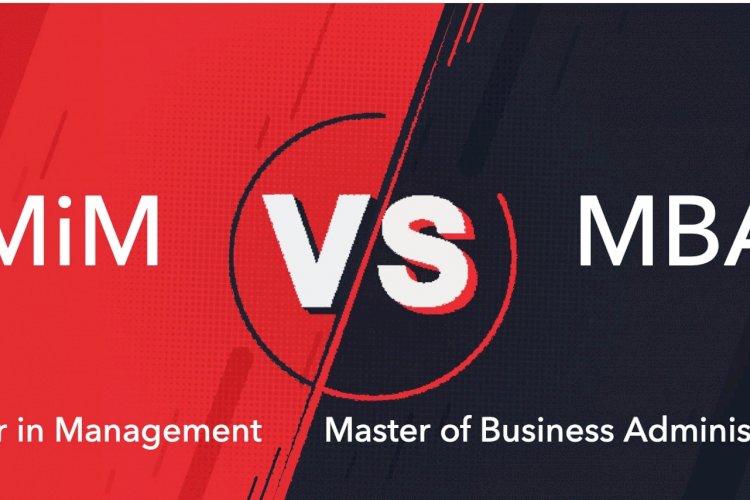
The GMAT vs GRE Debate
In recent years, students from diverse backgrounds of study have begun to comprehend the importance of pursuing a management program because of the numerous avenues it opens up for their career prospects. A management degree increases the spectrum of your knowledge and adds to your technical knowledge. However, wanting to get into a business school does come with a basic level of knowledge and understanding which is tested through tests.
The GMAT and the GRE are both standardized tests that are used to examine if a candidate is equipped to face the academic challenges of an MBA classroom. It is important that applicants understand the key differences and similarities between the two before they make a choice between them.
GRE
The Graduate Record Exam (GRE) is a standardized examination that is taken by anyone who is planning to undertake postgraduate studies especially in the United States and Canada. This exam lasts for three hours and forty-five minutes and has three sections: Quantitative Reasoning, Verbal Reasoning, and Analytical Writing. GRE is marked on a scale of 260-340, in 1-point increments. In the section on quantitative reasoning, candidates are expected to answer 40 questions within 70 minutes while the verbal reasoning section is composed of 40 questions that need to be answered within 60 minutes. In the section on analytical writing, candidates need to write an analysis of two arguments within 60 minutes. There is an unmarked section at the end or in the middle of the examination which is used by the GRE conducting body (ETS) for research purposes.
GMAT
The Graduate Management Aptitude Test (GMAT) is a computer-adaptive standardized test that is taken by students who plan to apply to a graduate management program. This exam lasts for three hours and thirty minutes and includes four sections: Integrated Reasoning, Analytical Writing Assessment, Verbal Reasoning, and Quantitative Reasoning. The GMAT has a rule of 10-point increment on a scale of 200-800. The visibility of these sections is up to the student. Integrated reasoning consists of 12 questions that need to be answered within 30 minutes while in the analytical writing assessment one argument needs to be analyzed in 30 minutes. The section on verbal reasoning comprises 36 questions that need to be answered in 65 minutes, while in the quantitative reasoning section, you need to answer 31 questions in 62 minutes.
Similarities
Acceptance by B-schools: Although most business schools accept the scores of both the GMAT and the GRE in recent years, it is still important to check whether the school you choose to apply to has any specific preference.
Validity: Both the GMAT and the GRE scores are eligible for five years from the date of the test.
Availability of Dates: Both the tests are held several times a year. They also offer an option whereby students can defer the date as per their need.
Subjects for tests: Although the difficulty level of the quant section in the GMAT is slightly higher than in the GRE, both exams are based on high school level concepts in algebra, arithmetic, geometry and data interpretation.
Differences
Test fee: The smallest difference between the two exams is the cost. While the test fee for the GRE is $205, the GMAT test fee is $250.
Adaptability: The GMAT is question-adaptive for each section. What this means is that if you get one question right, the next one will automatically be slightly more difficult. The GRE on the other hand is in-section adaptive. Given the question-adaptive format of that GMAT, you cannot skip, return to or change your answers. However, the GRE has no such restrictions.
Pattern of Examination: The syllabus for both the exams is similar, but the importance assigned to sections varies. For example, the verbal section of the GRE is vocabulary intensive, while in the GMAT, the emphasis is on grammar. Similarly, the quantitative section of the GMAT is said to be more difficult than that of the GRE.
The GMAT also has two sections unique to it: Data Sufficiency and Integrated reasoning. In both these sections, candidates need to synthesize the information presented in the form of charts, graphs, and tables.
These GMAT and the GRE provide a parameter to check your eligibility to face the academic challenges of a business school. It is important to check the requirements of the school before you choose a test. You also need to assess your strengths, understand the pros and cons of each test, and your strengths and limitations in both before selecting the test that will give you the edge in your chosen program.
 MBA Center Global
MBA Center Global 























